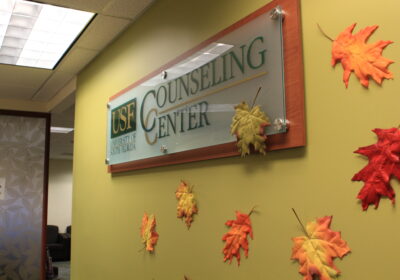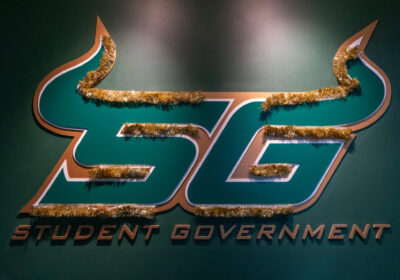New federal loan plan will only help education
The U.S. House of Representatives is considering a bill that will change the way students receive federal loans and increase the number of grants available to college students. The bill, known as the Student Aid and Fiscal Responsibility Act, is designed to pay for itself, yet it’s still raising concerns.
U.S. Rep. Kathy Castor told the Tampa Tribune the bill would increase funding for federal grants by $40 billion over 10 years. More students would be able to apply for Pell Grants and the grant would increase from $5,350 to $5,550 in 2010, reaching $6,900 by 2019.
Castor said the bill would be “the single largest investment in higher education in history.”
Many would argue that increasing federal grants – however nobly – in this economy is an example of wasteful spending. The House Committee on Education and Labor defended the bill from critics on its Web site, saying that funding will not come from taxpayers’ pockets and it will adhere to “Pay-As-You-Go fiscally responsible principles.”
Under the current loan program, private lenders provide loans to students, and the government subsidizes and reimburses them when students default. According to the committee, “Taxpayers now fund $6 of every $10 in federal student lending activity.”
Under the proposed program, the government will lend directly to students, though private companies will still be involved in the process. This plan is reasonable and a good trend for the government. Rather than increase bureaucracy, the bill will cut out a layer by reducing the role of private lenders.
“We don’t want them to be a middle man in the student loan industry, taking a cut that rightfully should go to expanding access for college students,” Castor said.
The government will be able to provide more affordable loans and save money in the process. The Congressional Budget Office estimates that direct loans would save the government $87 billion over 10 years, more than covering the increased Pell Grant funding.
The extra money would even go to paying off the national debt. Castor said the bill would put $10 billion in the U.S. Treasury.
Despite being affordable, many Republicans still oppose the bill. A spokeswoman for Rep. John Kline, a Republican member of the Committee on Education and Labor, told Time magazine, “This bill is a massive expansion of the federal government, pure and simple.”
The bill should not be seen as a dramatic government takeover of the student loan industry. The federal government already largely funds private loans, and a direct loan program has been around since 1993. This bill will save students and the government money and should not be opposed.






